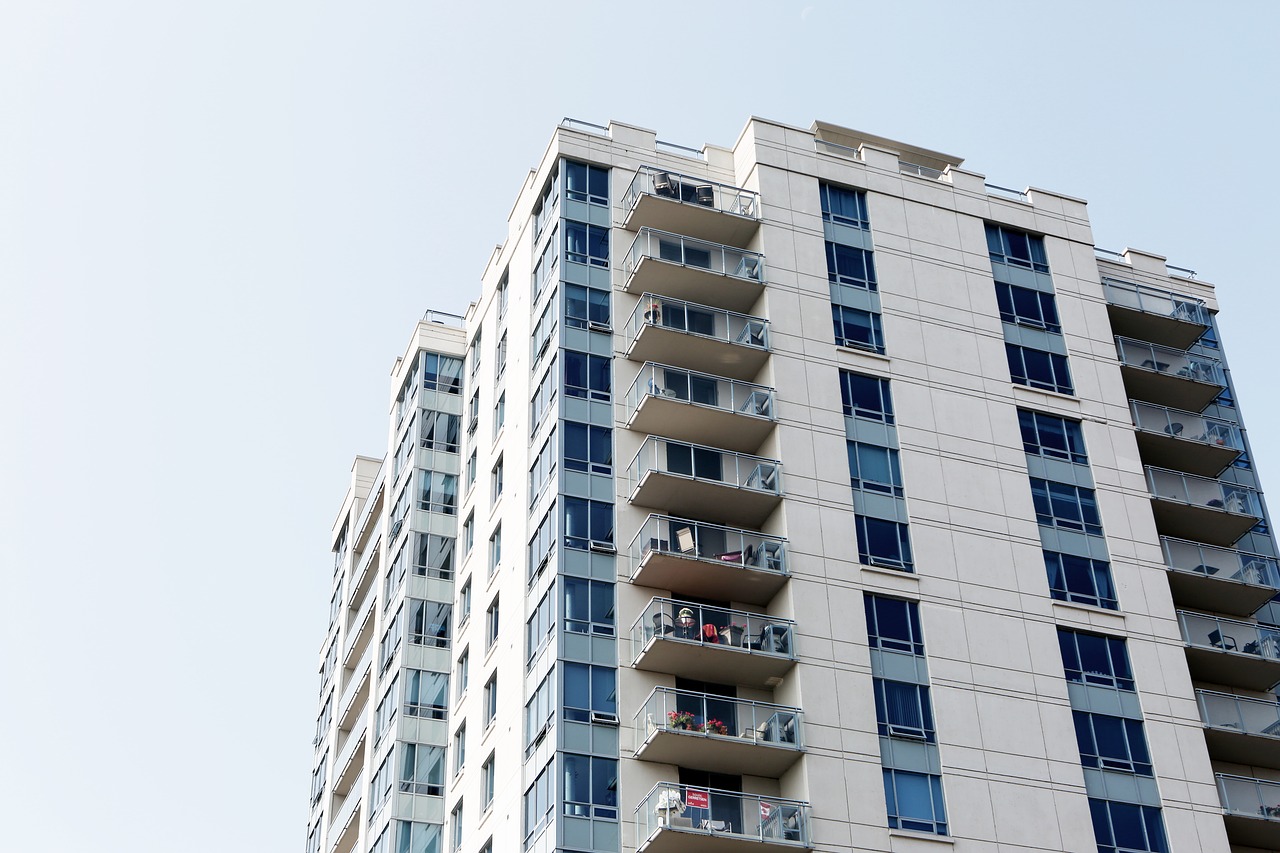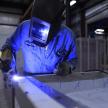
16th
Insurance Industry Reporting Protocol for Building Facades
After the tragic events at Grenfell Tower in London both the Federal and State governments are looking into the potential risk of buildings within Australia in regards to non-conforming and non-compliant building materials - particular focus is being placed on the inappropriate use of aluminium composite panels (ACP's).
Major insurers across the country have taken the required action to measure the residual risk so they can set their premiums for policies covering buildings appropriately.
Through the Insurance Council of Australia (ICA), insurers have agreed upon a Residual Hazard Identification Protocol for the identification of residual risk presented by the use of ACP's.
The purpose of the protocol is to provide a consistent methodology for assessment and reporting of the residual risk in circumstances where ACP-type materials are considered to be present.
The protocol outlines both the identification of the material used and the installation methodology. This will enable assessment of the risks posed by use of the materials, which may then trigger consideration of remedial actions to lower a building’s residual risk to acceptable levels.
The evaluation of exposure for a building that used aluminium composite materials during or after construction is required to be conducted on a case-by-case basis by competent professionals to evaluate the most critical exposures, safety to life and code compliance.
Building owners are encouraged to liaise closely with their policy provider to ensure that the identification and evaluation process, including the company engaged to undertake the assessment, will be considered appropriate for ongoing underwriting of the building.
The protocol is divided into 3 clear steps:
1. Identification of the materials
In this step the assessment must accurately classify and quantify the materials present, with almost a 100% confidence, in order to determine the fire load in addition to its location and proximity to ignition sources. This can then determine the potential risk to both property and life.
There are 5 key questions to be answered during this phase of the assessment as outlined below:
- Who has carried out inspections and testing for the building owner, and testing of the cladding material, what are their relevant competencies, qualifications and experience and what testing laboratories were used to test the samples?
- What category(s) of ACPs are present on the building?
- What quantity of the material is present and extent of coverage (m2)?
- What substrate or insulation is present behind the ACP?
- What potential ignition sources exist for the ACP given the configuration of the building?
2. Evaluating the Exposure
This step involves a comprehensive report of the exposure of the building with regard to the presence of ACPs and should look to specifically answer the 4 following questions:
- What exposures exist to the safety of the occupants based on the Step 1 outcomes?
- Is the building compliant, with regard to ACPs, with the National Construction Code and associated Australian Standards?
- What are the exposures to the property and consequential business interruption risk of a fire involving the ACP?
- What exposures exist to the reputation, image and market value of the building as a result of the ACP identified?
3. Remedial Actions
After the conclusion of Steps 1 and 2 a detailed description of remedial actions (if any) that are required should be outlined.
Every building is different and this step should take into account the category of aluminium composite panel used as well as its configuration and installation – it should also be noted that remedial action may not require a 100% removal of the ACP.
The key question to answer during this stage is this:
- What remedial actions are necessary (if any) to address unacceptable risks to the building due to the presence of an unsuitable ACP?
The recommended remediation strategies should be agreed by all parties before any work is carried out. This includes getting sign off from the appointed fire safety engineer, the building owner, insurer, regulator and fire authority.
If you would like more detail on how QED can help you adhere to the protocol outlined in this article, you can obtain more information here: Building Facade Compliance
For a more detailed outline of the protocol you can visit the Insurance Council of Australia website.
Categories
Recent Posts
Trichloramine and Indoor Air Quality in Swimming Pools
05th Nov
For swimmers and pool workers alike, the characteristic "chlorine smell" at indoor swimming pools is part of the experience. Howev...
Indoor Air Quality Takes Centre Stage: A New Government Report on Airborne Virus Transmission
30th Sep
The importance of Indoor Air Quality (IAQ) has gained significant attention following the release of a groundbreaking report from Australia‚...
Changes to the workplace exposure standard for welding fumes
15th Mar
On January 18, 2024, SafeWork Australia made a significant adjustment to the Workplace Exposure Standard (WES) for Welding Fume (not otherwi...

















